- Submissions

Full Text
Gastroenterology Medicine & Research
Secondary Aortoduodenal Fistula with Severe Bleeding as A Rare Complication of Aortic Replacement – A Case Report
Helge Bruns*, Holger Lenz and Hauke Kassens
Department of General, Abdominal, Thoracic and Vascular Surgery, Klinikum Bremerhaven Reinkenheide gGmbH, Bremerhaven, Germany
*Corresponding author:Helge Bruns, Department of General, Abdominal, Thoracic and Vascular Surgery, Klinikum Bremerhaven Reinkenheide gGmbH, Bremerhaven, Germany
Submission:February 11, 2025;Published: February 17, 2025
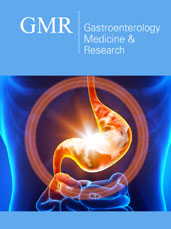
ISSN 2637-7632Volume8 Issue2
Abstract
Introduction: Aorto-Duodenal Fistulae (ADF) can be primary or secondary. Secondary ADFs are rare
complications post-aortic replacement and may be diagnosed using CT scans. Based on patient stability,
urgent multidisciplinary surgical management is required.
Case presentation: A 59-year-old man with haematemesis and abdominal pain was presented to the
clinic’s emergency department and went into hemorrhagic shock. A CT scan confirmed secondary ADF
after a prior Dacron prosthesis placement. Emergency surgery using endografts and delayed duodenal
resection and reconstrution was performed. Initially improved, the patient deteriorated neurologically
and died on the 14th postoperative day.
Discussion: Secondary ADF is a rare but life-threatening complication after aortic replacement surgery.
Both open and endovascular approaches can be used and the principles of damage control surgery
should be applied. The case emphasizes thorough follow-up and protective measures such as omentum
flaps to reduce recurrence.
Keywords:Complications; Aortic replacement surgery; Secondary aortoenteric fistula
Introduction
Aorto-Duodenal Fistulae (ADF) can be Primary (P) or Secondary (S) [1-3]. While PADFs develop without prior aortic surgery but may be associated with local infections, medications or aneurysms, SADFs are a rare complication of aortic replacement surgery, occurring in up to 45% of all aortic prosthesis infections [3,4]. Clinical signs of SADF range from non-specific signs of prosthesis infection to fulminant and life-threatening bleeding [3]. The mainstay of diagnosis is contrast-enhanced computed tomography, which can show bubbles as a correlate of chronic infection in the area of the fistula, but also contrast extravasation into the duodenal lumen [5]. Depending on clinical stability of the patient, a multidisciplinary surgical management involving both vascular and gastrointestinal surgeons should be performed urgently or immediately [6]. In-hospital mortality appears to be higher with open aortic repair compared with endovascular repair, but is associated with a lower rate of sepsis. The multidisciplinary approach follows the principle of “treat first what kills first” [7]. First, the aortic defect needs to be taken care of, either by endovascular stenting or by open repair with prosthesis replacement [6]. Subsequently, the duodenal defect needs to be addressed, either by simple excision and defect closure or by segmental resection and reconstruction with duodojejunal anastomosis. Generally, an omental or other flap should be placed to prevent further contact between the aortic graft and the bowel to prevent recurrence of ADF [8].
Presentation of the Case
A 59-year-old man with haematemesis and abdominal pain was presented to the hospital emergency department and went into haemorrhagic shock. A contrast-enhanced CT scan was performed immediately and clearly identified a SADF as the primary source of the fulminant bleeding (Figure 1). The patient had a history of open replacement of the infrarenal abdominal aorta with a Dacron prosthesis for an inflammatory aortic aneurysm approximately 10 years previously. Follow up for this prosthesis had been uneventful. Emergency surgery was performed and the bleeding was stopped using aortomonoiliac endografts (Figure 2). The patient was then admitted to intensive care and further stabilised. In a second procedure, the defect in the duodenum was dissected and visualised (Figure 3). A segmental resection of the duodenum and a side-to-side duodenojejunostomy was performed and an omental flap was then placed over the aortic defect. The patient’s cardiopulmonary parameters improved significantly, and sedation was gradually reduced and eventually stopped. However, the patient then failed to show an adequate recovery response and remained unresponsive. Neurological examination revealed irregular nystagmus to the right, flaccid hemiplegia on the left and facial nerve palsy on the left. The Babinski sign was positive bilaterally. The subsequent CCT on postoperative day 13 showed a complete medial infarct on the right with midline shift (Figure 4). From a neurological and neurosurgical point of view, an immediate right hemisphere trephination and dural plasty was recommended and performed immediately. Intraoperatively, the patient became circulatory unstable. The ECG showed a posterior wall infarct. Despite intensified catecholamine therapy, the circulatory system could not be permanently stabilised and the patient died on the 14th post-operative day.
Figure 1:The emergency CT scan clearly shows leakage of contrast medium from the aorta into the intestinal lumen (arrows) in the transverse slices (A) and in the coronal reconstruction (B).

Figure 2:Endovascular stenting of the defect to control bleeding. The fluoroscopy shows the guidewires inserted via the femoral arteries on both sides (A) and the overview angiography after complete exclusion of the SADF with good drainage of the contrast medium via the aortomonoiliac prosthesis construction on the right without signs of endoleak (B).

Figure 3:Intraoperative situs after mobilisation of the pars horizontalis of the duodenum. The aortic and duodenal defects (arrows) are clearly recognisable.

Figure 4:The CCT shows extensive infarct demarcation of the right media stromal area without haemorrhagic transformation. The infarct is space-occupying, pelots the right lateral ventricle and the beginning of a midline shift can be seen.

Discussion
SADF is a rare but life-threatening complication of aortic replacement surgery. The horizontal part of the duodenum is the site of closest contact between the aorta and the intestine and is therefore prone to the development of an aorto-enteric fistula, and this is what happened in the present case [3,6]. Endovascular stenting was used to close the aortic defect and the Dacron prosthesis was left in situ. Following the principles of damage control surgery, the patient was stabilised and the necessary abdominal part of the operation was performed as a second procedure under the best possible conditions [7]. Both open and endovascular surgery have their place in the treatment of SADF [6]. In this case, adhesions were expected and there was fulminant bleeding, so open surgery was considered more risky. When bleeding is less severe - for example, an aortoenteric fistula may be a differential diagnosis of melena caused by chronic bleeding -open surgery is certainly possible and is preferred with exchange of the prosthesis due to the high probability of bacterial contamination of the initially implanted prosthesis. There are several interesting things that can be learned from this case. Patients with vascular disease often have more than one damaged vessel [9-11]. This is evident in patients with PAD caused by smoking and is the reason that these patients have systemic disease; the underlying cause is a known risk factor for myocardial infarction, cerebral infarction and carotid stenosis. However, a systemic manifestation of the disease can also often be observed in patients with aneurysms. In addition, emergency interventions, sepsis and mass transfusion, as in the case described above, are also risk factors for the occurrence of further complications. It is therefore important to see the vascular system as a whole and to treat more than just the present defect in patients with vascular disease. The occurrence of SADF itself can be fatal and an inherent long-term risk of aortic replacement, but there are ways to reduce the likelihood of this occurring [8]. This includes relining the contact zone between the prosthesis and the bowel and positioning an omentum or other flap, for example. Besides the mechanical chushioning this also adequately prevents the spread of local bacterial infections. Once bacterial contamination occurs in the area of the contact zone, the inflammatory reaction may gradually enlarge microscopic ulcers. In order to recognise this before fulminant bleeding occurs, a thorough follow-up of patients after aortic replacement is advisable. In addition to computed tomography, which may identify air bubbles in the contact zone, this also includes the diagnosis of occult blood in the faeces, which may be the result of arrosion with subclinical SADF.
Learnings
Patients with vascular disease rarely have only one vessel affected. In this case, the sequence of SADF, mediastinal infarction and then myocardial infarction is striking, with each of these conditions being life-threatening in its own right. Of course, the high blood loss, haemorrhagic shock and massive blood transfusion required during surgery greatly increased the risk of further complications. In open aortic surgery, omentoplasty or similar methods should be used to ensure that there is sufficient distance between the prosthesis and the bowel; the close proximity in particular, but also possible bacterial contamination, significantly increases the risk of SADF. In patients after aortic repair, regular follow up needs to be performed. This includes computed tomography but also detection of occult intestinal bleeding.
References
- Behrendt CA, Wipper S, Debus SE, Kodolitsch YV, Puschel K, et al. (2017) Primary aorto-enteric fistula as a rare cause of massive gastrointestinal haemorrhage. Vasa 46(6): 425-430.
- Kärjä I, Soini V, Hautero O, Venermo M (2024) Primary aorto-enteric fistula with a subsequent secondary aorto-enteric fistula. EJVES Vasc Forum 61:132-135.
- Bergqvist D, Björck M (2009) Secondary arterioenteric fistulation--a systematic literature analysis. Eur J Vasc Endovasc Surg Off J Eur Soc Vasc Surg 37(1): 31-42.
- Schoell T, Manceau G, Chiche L, Gaudric J, Gibert H, et al. (2015) Surgery for Secondary Aorto-Enteric Fistula or Erosion (SAEFE) complicating aortic graft replacement: A retrospective analysis of 32 patients with particular focus on digestive management. World J Surg 39(1): 283-291.
- Raman SP, Kamaya A, Federle M, Fishman EK (2013) Aortoenteric fistulas: Spectrum of CT findings. Abdom Imaging 38(2): 367-375.
- Kakkos SK, Bicknell CD, Tsolakis IA, Bergqvist D (2016) Editor’s choice - management of secondary aorto-enteric and other abdominal arterio-enteric fistulas: A review and pooled data analysis. Eur J Vasc Endovasc Surg 52(6): 770-786.
- Ball CG (2015) Damage control surgery. Curr Opin Crit Care 21(6): 538-543.
- Picichè M, Demaria RG, Miguel B, et al. (2006) Recurrence of postoperative aortic fistulas: Is there an ideal method of prevention? A case report. Minerva Chir 61(5): 445-450.
- Gatuz MV, Abu-Fanne R, Abramov D, Mamas MA, Roguin A, et al. (2024) Impact of polyvascular disease severity on acute heart failure prognosis. Heart Vessels.
- Tannu M, Hess CN, Gutierrez JA, Lopes R, Swaminathan RV, et al. (2024) Polyvascular disease: A narrative review of risk factors, clinical outcomes and treatment. Curr Cardiol Rep 26(6): 505-520.
- Vila MDM, Igual L, Remeseiro B, Elosua R, Ramos R, et al. (2023) Polyvascular subclinical atherosclerosis: Correlation between ankle brachial index and carotid atherosclerosis in a population-based sample. Angiology 74(5): 443-451.
© 2025 Helge Bruns, This is an open access article distributed under the terms of the Creative Commons Attribution License , which permits unrestricted use, distribution, and build upon your work non-commercially.
 a Creative Commons Attribution 4.0 International License. Based on a work at www.crimsonpublishers.com.
Best viewed in
a Creative Commons Attribution 4.0 International License. Based on a work at www.crimsonpublishers.com.
Best viewed in 







.jpg)






























 Editorial Board Registrations
Editorial Board Registrations Submit your Article
Submit your Article Refer a Friend
Refer a Friend Advertise With Us
Advertise With Us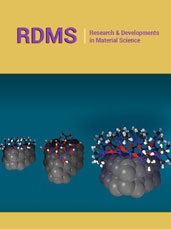
.jpg)
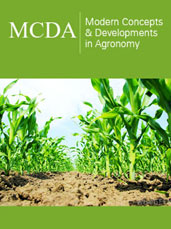




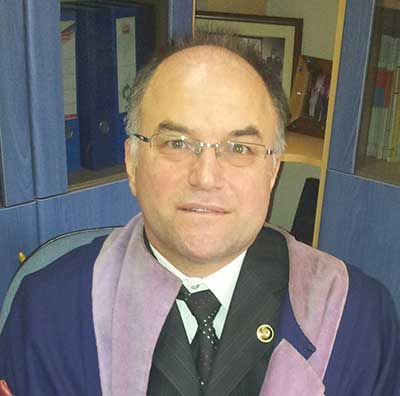
.jpg)




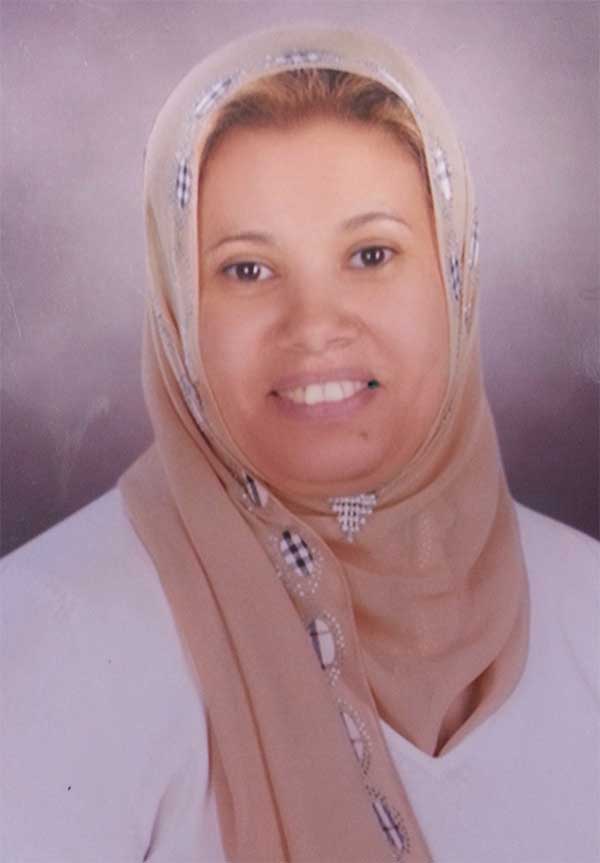









.bmp)
.jpg)
.png)
.jpg)










.jpg)






.png)

.png)



.png)






